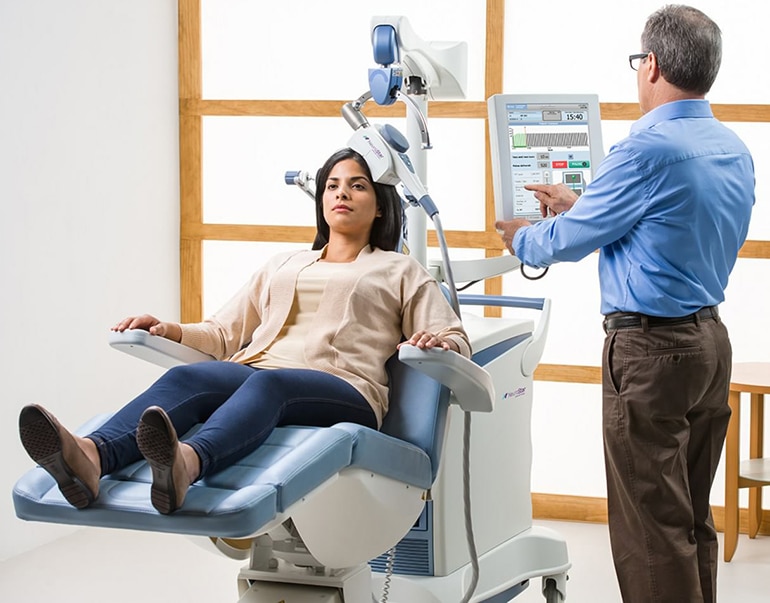If you or someone you know is struggling with depression, you may have heard of a treatment called transcranial magnetic stimulation (TMS). TMS is a non-invasive, FDA-cleared therapy that uses magnetic fields to stimulate nerve cells in the brain to improve symptoms of depression.
TMS therapy is typically delivered through a coil placed against the scalp near the forehead. The coil produces brief magnetic pulses that pass through the skull and stimulate the nerve cells in the region of the brain thought to be involved in mood regulation. You can also find psychiatrists & mental health treatment center at WIP.

Image Source: Google
TMS therapy is usually given 5 times per week for 4-6 weeks. Each session lasts about 30-60 minutes, and most people report no side effects.
If you or someone you know is considering TMS therapy, it's important to understand how the treatment works and what to expect. This article will provide an overview of TMS therapy, including how it works, what to expect during treatment, and potential side effects.
Transcranial magnetic stimulation (TMS) therapy is a treatment for depression that uses magnetic fields to stimulate nerve cells in the brain. TMS therapy is non-invasive, meaning it does not require surgery or medication.
TMS therapy was approved by the U.S. Food and Drug Administration (FDA) in 2008 for the treatment of major depression. Since then, TMS therapy has been used to treat thousands of people with depression.
